AT&T's 2016 flagship LTE mobile hotspot, the Unite Explore's signature feature is that it is designed to "brave the outdoors and the bumps of everyday life" by being the first rugged mobile hotspot from both Netgear and AT&T.
The Unite Explore's specs are now eclipsed by AT&T's Netgear Nighthawk LTE Hotspot, but in terms of ruggedness the Explore reigns supreme.
Specifications
- # of Connected Devices: 15 Wi-Fi / Supports USB Tethering
WiFiRanger Tethering: Tested & works
Pepwave Tethering: Tested & works (not officially supported)
MoFi Tethering: Tested & works
Control Panel: http://192.168.1.1 or http://attwifimanager/
Default Password: "attadmin" - Cellular Networks Supported:
LTE Bands: 2, 4, 5, 12, 17, 29, 30
4G/3G: HSPA+ 850/1900/2100MHz - Global roaming supported.
2G: GSM EDGE Quad Band - Global Roaming - LTE-Advanced Carrier Aggregation: Yes (2x 20MHz Channels - eventually 3x 20MHz Channels)
- LTE Performance Category: Category 9
(Max Theoretical Speed: 450Mbps Down / 50Mbps Up) - Cellular Antenna Ports: 2x MIMO / TS9 Connectors (Left is Primary)
- Wi-Fi Technology / Frequencies: 802.11 b/g/n/ac - Simultaneous 2.4GHz and 5GHz
- Dimensions: 4.5" x 2.8" x 0.8" / 6.3 oz
- Battery
- SIM Card Type: 3FF / Micro SIM
- Retail Price: $199 ($49.99 with two year contract)
Review & Testing Status
Netgear supplied us with an evaluation unit in May 2016, and after a couple of months of using the device we issued our full in-depth review available in the member section below.
In addition, we have included this unit in several other rounds of testing, and members can see our field testing results:
- Cellular Signal & Embedded Router Field Testing – IBR900 | MAX-BR1 | Drive Sleek | MIMO Antennas (1st Quarter 2018)
- Cellular Equipment Field Testing Results – Netgear Modems / USB730 (Late 2017)
- Cellular Signal Enhancing Field Testing Results (Late 2016)
Alternatives to Consider
For other popular mobile hotspots on the market - here are our featured options:
Content Included In the Member Sections Below:
- Video Overview & Tutorial
- Hardware Notes
- Software & UI Notes
- Performance Testing
- Alternatives to Consider
- Concluding Thoughts
- Recommended Settings
This Review Contains Additional Member Exclusive Content!
We are Honored to be Member Funded! No ads, no sponsors, no selling (but may contain affiliate links)
Our members fund our in-depth independent reviews.
This entry may contain additional member exclusive content such as testing notes, field testing data, user interface tours, comparisons to alternatives, analysis, tips, videos and discounts.
Members also get interactive guidance, alerts, classroom and more.
Other Ways to Support Our Work At MIRC
Purchasing Options
- Search eBay
- Mr. Aberthon - Online retailer specializing in unlocked hotpsots. Check their ordering FAQ page for potential promotional discounts.
Battery Purchase:
Mobile hotspot devices are small, self-contained units that receive a cellular data signal and transform it into an internet connection. They are a cellular modem and router combined. Most can create their own personal Wi-Fi network.
They are typically designed with a specific cellular carrier in mind and require a suitable cellular data plan of their own to operate. You might see them called Jetpacks (Verizon's term for them) or MiFi (Inseego's name for them).
Here's a quick video going over the features of a hotspot, and what makes one better than another:
The guides below have been hand-picked to help further your education about selecting mobile hotspots and best utilizing them in your mobile internet setup.
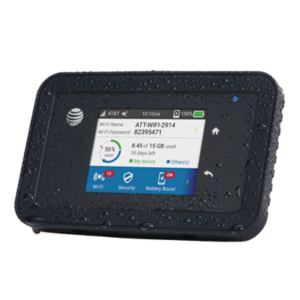

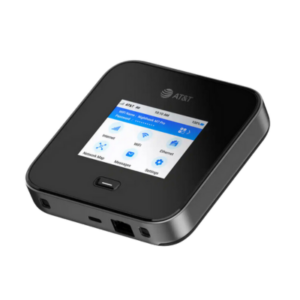
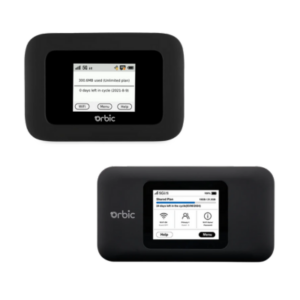
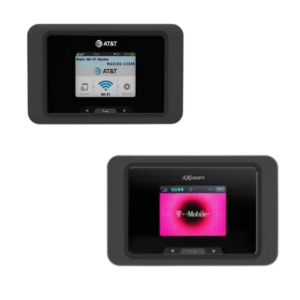
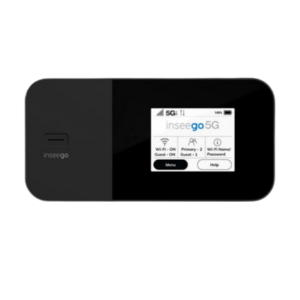
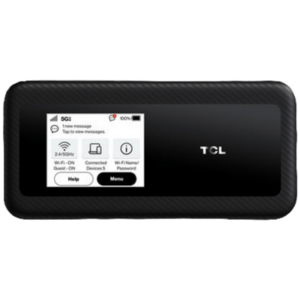

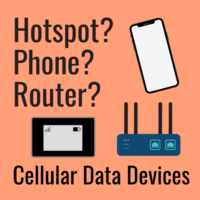
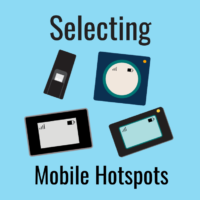
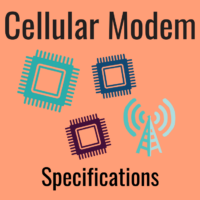
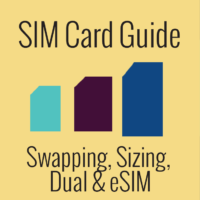
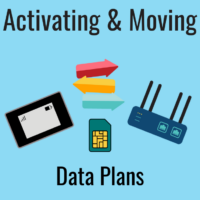

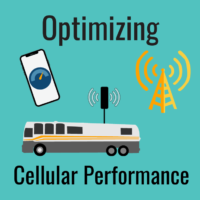
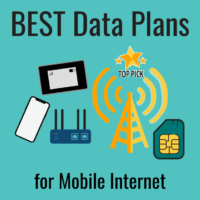
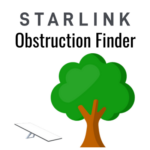


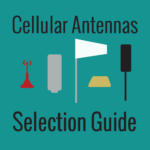


 Mobile Internet Resource Center (dba Two Steps Beyond LLC) is founded by Chris & Cherie of
Mobile Internet Resource Center (dba Two Steps Beyond LLC) is founded by Chris & Cherie of